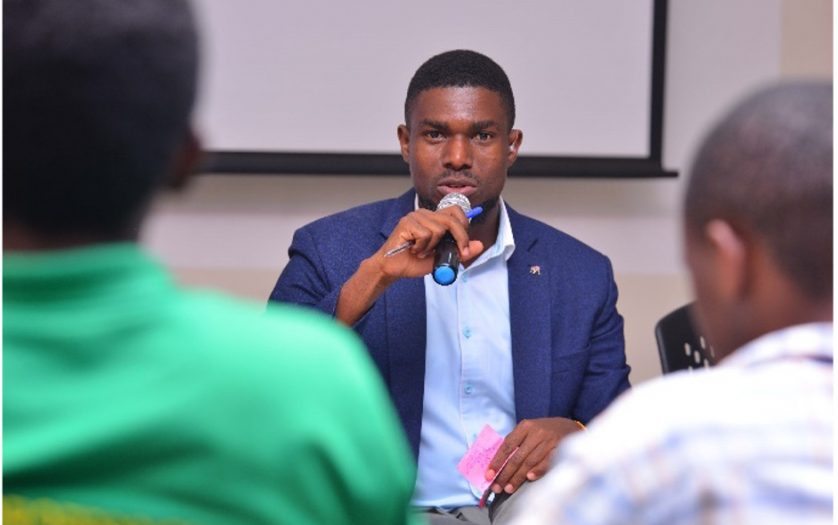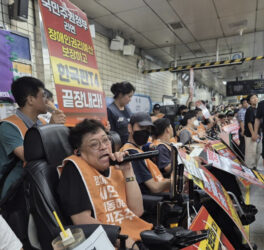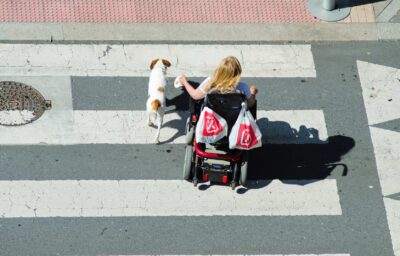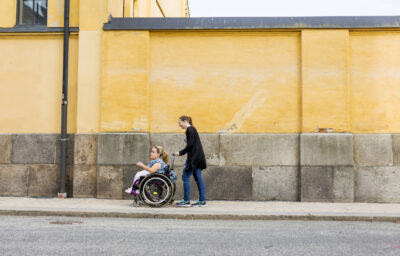
In a world where CEOs and Programme managers are overcaffeinated, stressed and time-starved, many have been romanced by exclusive project charters that yield dirty and discriminative project strategy.
It’s this time of the year when most CEOs and managers are designing project strategies.
One phenomenon, dubbed the “fresh start effect,” suggests that the new year may be a good moment to make resolutions and changes, because it can give people a renewed commitment to goals. As we develop new year resolutions, Managers and CEOs should seek to eradicate bad discriminative habits establish new healthier ones that promote inclusion. But the question remains, how do we move forward to disability inclusive programing?
If you’re interested in making your programs and projects disability inclusive, consider this article as a guideline.
At essence, a Disability Inclusive Program is a roadmap that establishes your goals and the actions or steps needed to make every cycle of your project disability inclusive. On this track one you will need to develop a vision on inclusion and identify all project’s stages, strategize ideas and gather resources a project shall deliver.
While planning for a project, Review or develop project policies (including indicators) to ensure that they clearly affirm the rights of persons with disabilities to access and include related actions throughout the project cycle.
To do this right, make a vision for inclusion and perform the following actions in all the phases of your projects.
Project Planning
While planning for your project, Engage regularly with Organizations of Persons with Disabilities to increase understanding of the general situation of PWDs, capacities and existing coping mechanisms, and actions that humanitarians can take to strengthen inclusion.
Where required, seek advice and support from organizations and coordination platforms specialized in working with persons with disabilities and mainstreaming inclusion.
Project Design
Organize consultations on the planned project and activities with persons with disabilities in the project areas, ensuring diversity of the consulted group.
Carry out a project self-assessment, and use information collected in assessments and consultations, to understand the barriers to inclusion specific to the project.
Integrate inclusion of persons with disabilities, preferably through consultations with persons with disabilities, into relevant project tools. For example: integrating disability into vulnerability criteria beneficiary selection mechanisms.
Document good practices of inclusion as well as identified challenges and barriers and communicate these to the broader inter-agency community through established coordination platforms.
Implementation
Ensure that all staff are provided with project tools and training to identify people with disabilities and barriers to accessing services and assistance. Make sure that staff engage regularly with persons with disabilities to disseminate information in an accessible format on the project.
Design Feedback mechanisms to adequately record issues faced by persons with disabilities and empower staff to act on these suggestions, Informed consent procedures (where relevant) should be sought.
Ensure relevant information is communicated in an accessible manner and that staff can map local specialized services to which persons with disabilities can be referred for further support when required.
Monitoring
Capture data on the numbers of persons with disabilities (and their difficulties where possible) who are assisted through the project. Analyze complaints and feedback received from an inclusion perspective.
Monitor the quality of engagement through self-assessed performance and satisfaction surveys, do not solely focus on numbers. To this end, ensure proactive engagements and consultations with persons with disabilities and act on suggestions.
Evaluation
Understand what percentage of the project beneficiaries’ persons with disabilities were and to what extent they were able to access and participate in services on an equitable basis with others. Use disability baseline figures, in addition to project targets, and to understand how the project performs.
Understand what type of barrier reduction measures were taken and whether this was effective in removing or mitigating barriers
Evaluate the project, including the information collected through monitoring, with persons with disabilities in project locations as well as with Organizations of Persons with Disabilities. Understand the gaps that existed in the project and identify mechanisms required to improve inclusion in subsequent projects and project continuation.
Lastly learn to budget for inclusion, during proposal development earmark a budget line for reasonable accommodation, and let your donors clearly understand what reasonable accommodation means. These earmarked funds will help you in hiring sign language interpreters, paying for personal assistants, and adjusting your working environment to suit staff and beneficiaries and all people with disabilities.








